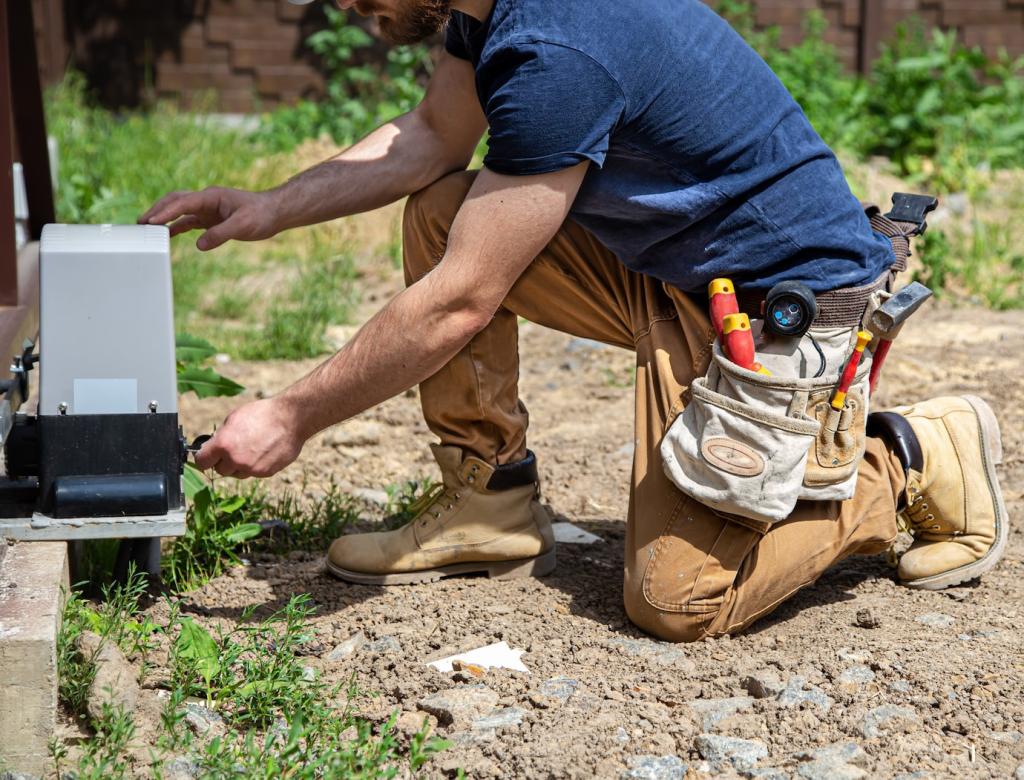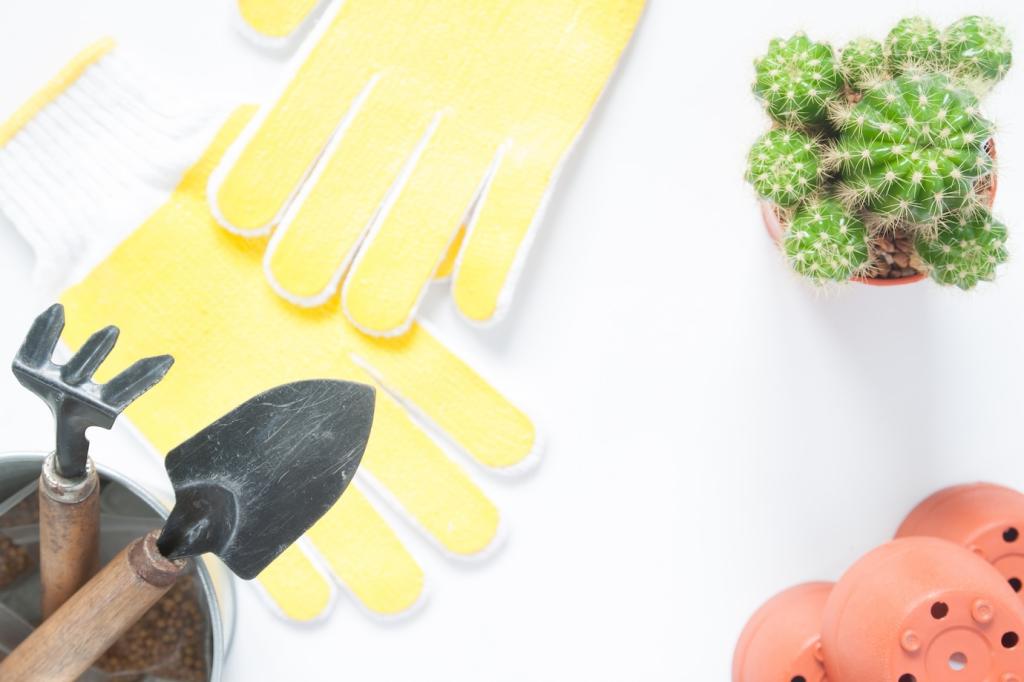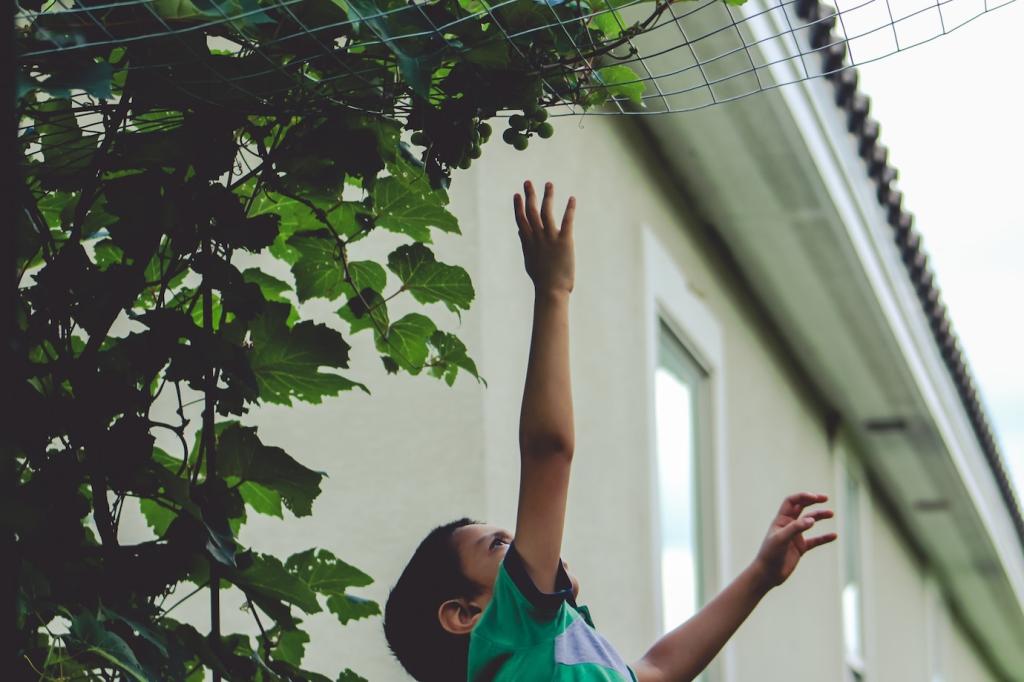Selected theme: Low-Impact Furniture Preservation Techniques. Step into a conservation-minded approach that favors minimal intervention, reversible materials, and everyday habits that protect patina and history. Share your preservation questions in the comments and subscribe for monthly gentle-care checklists and workshop stories.
What Low-Impact Really Means
Preservation aims to slow deterioration and protect original material, while restoration seeks to return an object to a former appearance. Low-impact work favors preservation first, keeping evidence of age, craft, and use intact, so future caretakers retain options and the piece keeps its story.
Use a HEPA vacuum on low suction with a soft brush attachment, supporting fragile surfaces with a nylon screen so veneers and flaking finish are not lifted. Work with the grain, lifting dust rather than rubbing it around, and clean pads or brushes frequently to prevent scratching.
Cleaning Without Harm
Tightening Without New Holes
Avoid fresh screws and hardware when gentle tightening will do. Re-seat joints by carefully cleaning old glue residue and adding thin wood or veneer shims where gaps developed. Clamp lightly, protecting surfaces with soft pads, and check alignment from multiple angles before the adhesive sets.
When Glue Is Necessary
Choose reversible adhesives like hot or liquid hide glue for historic pieces. They bond well to old hide glue and release with heat and moisture if future work is needed. Apply sparingly, clamp with just enough pressure, and remove squeeze-out immediately to protect nearby finishes.
Leveling and Weight Distribution
Many wobbles vanish with felt pads or adjustable glides that compensate for uneven floors. Spread loads on shelves with discreet battens beneath, and keep heavy items centered near supports. These small, reversible adjustments protect joints from stress while leaving the original structure untouched.

Finishes: Protect, Don’t Overhaul
Microcrystalline wax is durable, moisture-resistant, and less yellowing than many natural blends, making it a good protective choice. Apply thinly with a soft cloth, allow to haze, then buff gently. The wax becomes the expendable layer, taking scuffs so the original finish does not.


Upholstery and Textiles, Gently
Use low suction through a clean nylon mesh screen to prevent snagging while lifting dust and grit that cut fibers over time. Work in small sections, moving slowly with a soft brush. This quiet ritual once revived my grandmother’s settee more than any dramatic cleaner ever could.
Upholstery and Textiles, Gently
Breathable, well-fitted cotton or linen slipcovers take the daily wear so original fabrics don’t have to. Choose washable, undyed textiles, label orientation, and remove seasonally to clean. This reversible layer is a low-impact hero, delaying reupholstery while keeping the piece inviting and usable.
Environment, Pests, and Everyday Habits
Use a simple hygrometer to monitor rooms, and buffer extremes with gentle ventilation or humidification. Keep furniture off exterior walls in winter, add felt pads to isolate from damp floors, and use coasters and mats. Small, consistent steps prevent cracks, lifting veneer, and finish blush.

Environment, Pests, and Everyday Habits
Clean regularly, avoid food near textiles, and monitor discreet sticky traps to spot activity early. Look for frass near woodworm holes and isolate suspect pieces. Freezing and chemical treatments require expertise; a low-impact approach begins with vigilance, containment, and timely professional guidance when needed.
